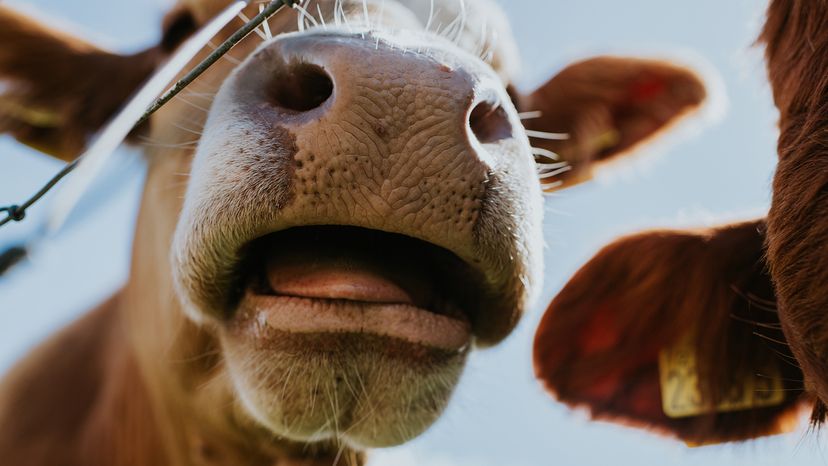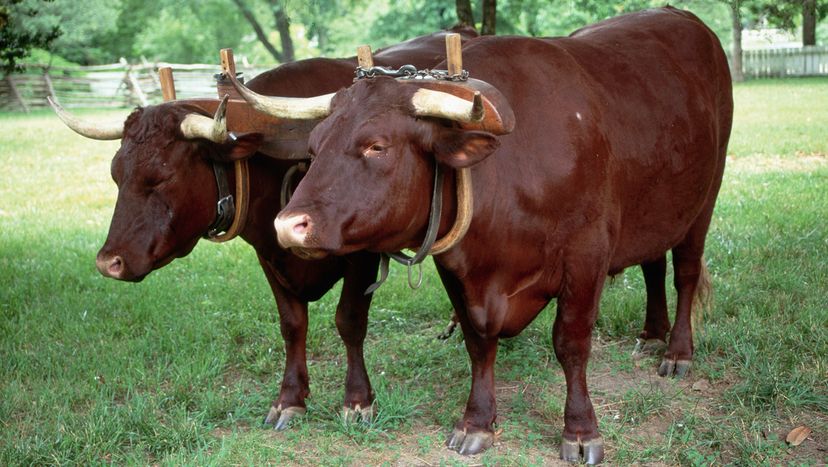
If you've ever driven past a farm and wondered about ox vs. cow differences, you're tapping into a classic question in animal science.
While both belong to the species Bos taurus and are classified as domesticated cattle, their roles, physical traits and value to humans differ significantly. Understanding these differences gives insight into the broader world of domesticated animals, dairy farming and meat production.
Advertisement

